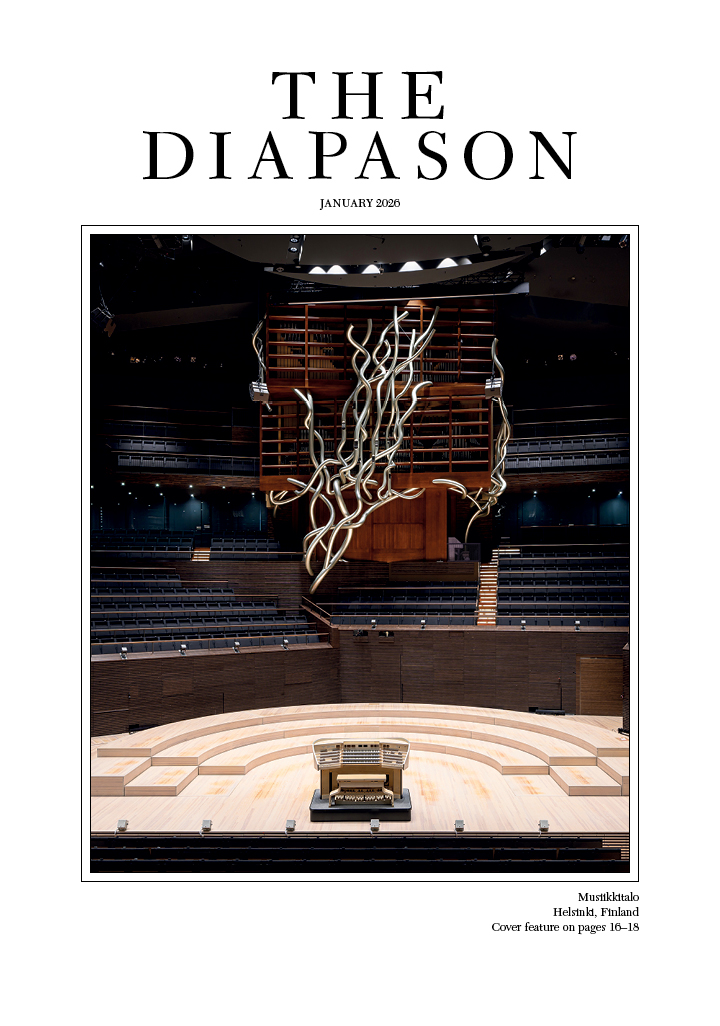
Fratelli Ruffatti has completed the installation of a new organ for the Abbey Church of the Holy Cross in the market town and civil parish of Pershore, Worcestershire, England.
A grade I listed building dating back to the Middle Ages, the abbey was once part of a huge monastery. It features a rare example of Norman and Early English architecture. Henry VIII destroyed its entire nave, only leaving the original monks’ quire intact, which has since been used as an Anglican church. As such, the present Anglican Abbey Church of the Holy Cross can welcome into its vast space up to three hundred persons for church services, cultural activities, and concerts.
The new organ comprises three manuals and 33 stops in two oak cases located within two of the triforium’s Gothic arches. The case design is contemporary, and not intended to be a copy from the past, but to blend in with the architectural lines of the arches. The façade features pipes made from 95% tin alloy, a few of which are embossed in a diamond pattern.
For information: https://ruffatti.com/en/.
Other recent organ builder news:
Kegg Pipe Organ Builders commission

